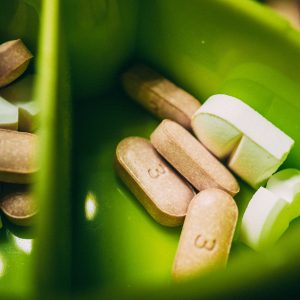Dialysis definition and realities
Kidney Dialysis is a technique that subs for a considerable lot of the ordinary elements of the kidneys.
Dialysis permits individuals with kidney failure (Renal Failure) an opportunity to carry on with profitable lives.
When kidney work diminishes to a basic level or complexities emerge, an individual may need to begin dialysis.
There are two primary kinds of dialysis, hemodialysis and peritoneal dialysis.
Hemodialysis Center utilizes a machine and a channel to eliminate by-products and water from the blood.
Peritoneal Dialysis utilizes a liquid (dialysate) that is put into the patient’s stomach depression to eliminate side-effects and liquid from the body.
Each sort of dialysis has focal points and weaknesses.
People frequently can pick which kind of long haul dialysis that best matches their necessities.
Dialysis gives a few people an all-inclusive life, and in others, it gives extra an ideal opportunity to find a proper giver kidney for a kidney relocate (renal transfer).
What is dialysis?
The kidneys are liable for sifting by-products from the blood. Dialysis is a methodology that subs for huge numbers of the ordinary elements of the kidneys. The kidneys are two organs situated on either side in the rear of the stomach pit. Dialysis can permit people to carry on with gainful and valuable carries on with, despite the fact that their kidneys at this point don’t work sufficiently. Measurements from 2015, U.S. Renal Data System Annual Data Report (USRDS), indicated around 468,000 patients were accepting dialysis in the United States. In excess of an extra 193,000 patients had a working kidney relocate for end stage renal ailment.
Dialysis helps the body by playing out the elements of bombed kidneys. The kidney has numerous jobs. A basic occupation of the kidney is to control the body’s liquid parity. It does this by changing the measure of pee that is discharged consistently. On hot days, the body sweats more. Along these lines, less water should be discharged through the kidneys. On cool days, the body sweats less. Along these lines, pee yield should be more prominent so as to keep up the best possible parity inside the body. It is the kidney’s responsibility to control liquid parity by changing pee yield.
Another significant obligation of the kidney is to eliminate the by-products that the body produces for the duration of the day. As the body capacities, cells use energy. The activity of the cells produces by-products that must be taken out from the body. At the point when these byproducts are not taken out satisfactorily, they develop in the body. A height of byproducts, as estimated in the blood, is designated “azotemia.” When side-effects aggregate they cause a wiped out inclination all through the body called “uremia,” which is because of urea and different nitrogenous waste mixes.
When do patients require dialysis?
At the point when the kidneys neglect to channel the blood successfully, and liquid and side-effects develop in the body to a basic level an individual may need to begin dialysis. The two primary driver of kidney disappointment and requirement for dialysis treatment are diabetes and hypertension.
At the point when an individual’s degrees of side-effects in their body become so high they begin to get wiped out from them, the person in question may require dialysis. The degree of the byproducts for the most part develops gradually. Specialists that represent considerable authority in ailments and states of the kidneys are called nephrologists. To enable nephrologists to choose when dialysis is important for a patient, he she will arrange tests that measure a few blood synthetic levels in the patient’s body. The two significant blood synthetic levels that are estimated are the “creatinine level” and the “blood urea nitrogen” (BUN) level. As these two levels rise, they are markers of the diminishing capacity of the kidneys to scrub the collection of side-effects.
Specialists utilize a pee test, the “creatinine freedom,” to quantify the degree of kidney work. The patient spares pee in an extraordinary holder for one entire day. The side-effects in the pee and in the blood are assessed by estimating the creatinine. By looking at the blood and pee level of this substance, the specialist has a precise thought of how well the kidneys are functioning. This outcome is known as the creatinine leeway. Ordinarily, when the creatinine freedom tumbles to 1 under 10 cc/minute, the patient needs dialysis.
The specialist likewise utilizes different markers of the patient’s status to choose about the requirement for dialysis. In the event that the patient is encountering a significant powerlessness to free the assortment of abundance water, or is grumbling of issues with the heart, lungs, or stomach, or troubles with taste or sensation in their legs, dialysis might be demonstrated despite the fact that the creatinine leeway has not tumbled to the 10 cc/minute level.









